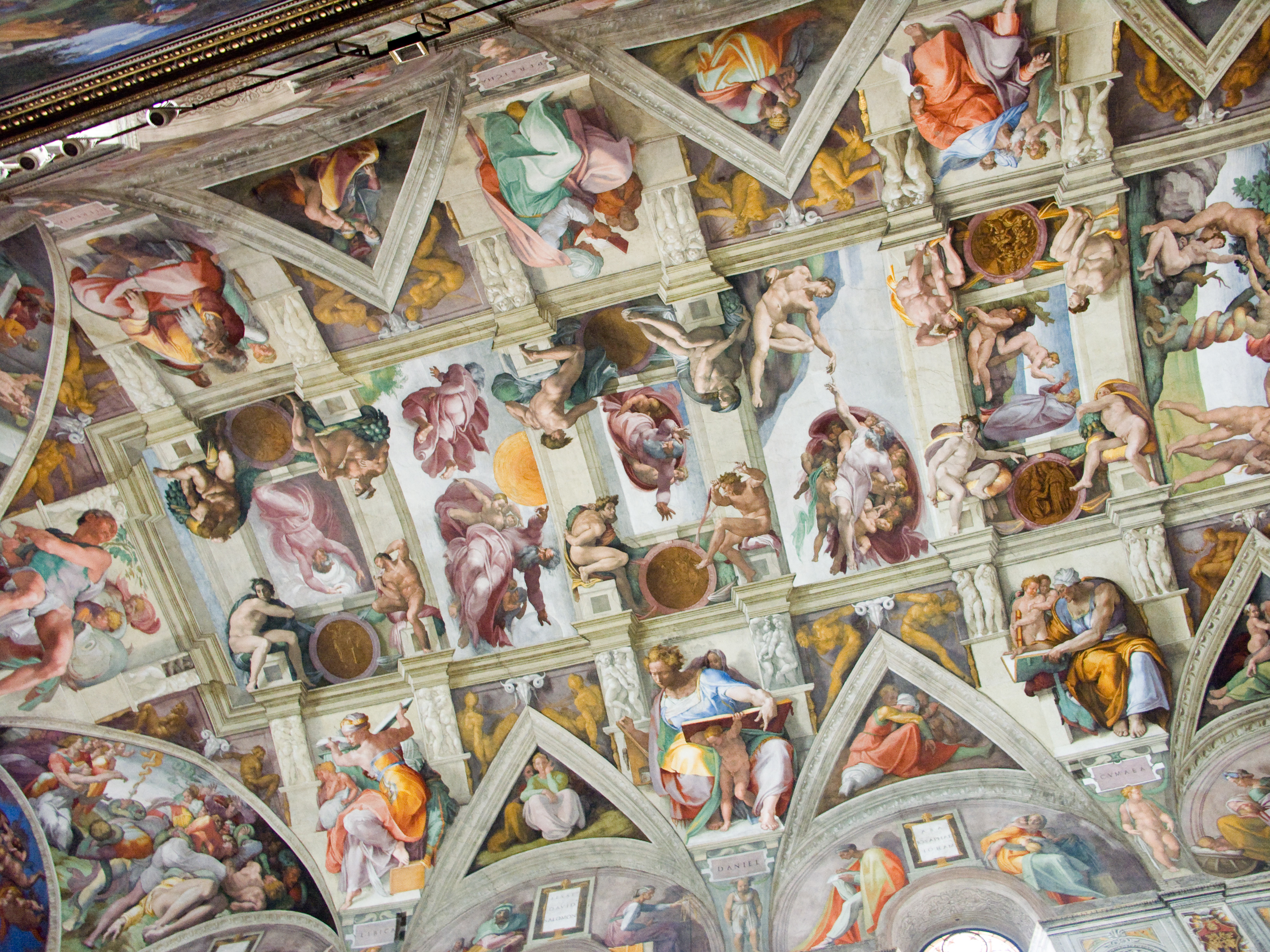Why is this person important?
Michelangelo
was a famous painter, sculpture, architect, poet and engineer during the High
Renaissance period. Several of his projects became some of the most famous
works of art in existence, such as his sculpture of David and The Last Judgment
and the ceiling in the Sistine Chapel. His work is still admired today and from
people all over the world.
2.
Why did you choose
this person? How does her/his life relate to you?
Art has always
been an important part of my life and since I am majoring in Graphic Design,
art and its history has become even more important to me. Michelangelo was so
incredibly talented and was so talented in so many different aspects of the art
world. He is a great artist to look at as inspiration.
3. If
she/he had never existed, would the world be different from how we know it now?
Why?
Without Michelangelo, the art world would be nowhere close to where it is today. By having the ability to sculpt, paint, etc. Michelangelo set the bar for artists all over the world and have made artists push the limits in their work.
Without Michelangelo, the art world would be nowhere close to where it is today. By having the ability to sculpt, paint, etc. Michelangelo set the bar for artists all over the world and have made artists push the limits in their work.
4. If
you could meet that person, what would you ask her/him?
I would ask Michelangelo what his thought process was when he was brainstorming for a new project and what he did when he needed inspiration.
I would ask Michelangelo what his thought process was when he was brainstorming for a new project and what he did when he needed inspiration.
5. Do you think the fact this person was Italian
played a role in his/her achievement?
I think that being Italian played a huge role in Michelangelo’s achievements because during the High Renaissance, art was a major component of Italy’s culture and he was able to learn from some of the best, like Ghirlandaio and take what he learned and apply them to his already incredible talent.
I think that being Italian played a huge role in Michelangelo’s achievements because during the High Renaissance, art was a major component of Italy’s culture and he was able to learn from some of the best, like Ghirlandaio and take what he learned and apply them to his already incredible talent.
The ceiling in
the Sistine Chapel


Good job, Alexis! Michelangelo is surely a great choice to look at as inspiration. He's a very fascinating historic figure. He was a strong man, able to free creatures from the marble (this is how he used to describe sculpting) but had also a tender and ironic side. Take a look at his sonnets http://publicdomainreview.org/2012/11/19/the-sonnets-of-michelangelo-1904-edition/
ReplyDeleteThank you for sharing!